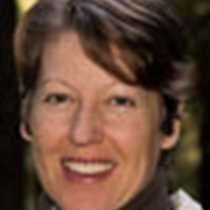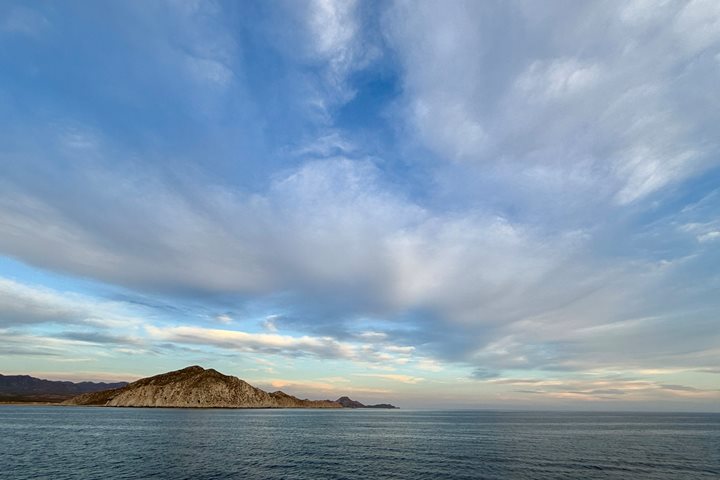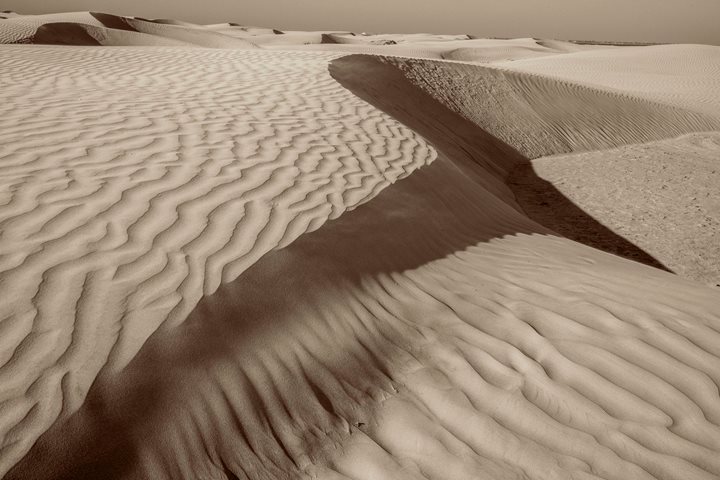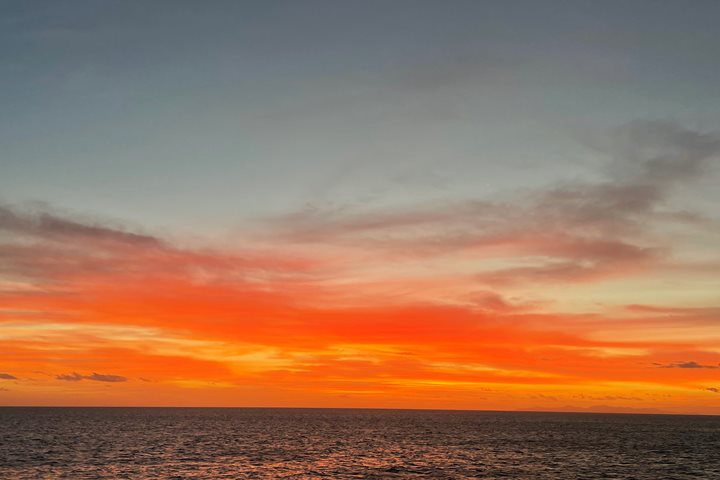After embarkation in Seattle, the National Geographic Sea Lion cast off her lines and set sail up the Pacific Northwest coast to begin the journey north to Alaska. After being underway all night, we awakened in glassy, calm Canadian waters to 42 degrees F and brilliant sunshine. First thing on the agenda…customs. The Captain docked the National Geographic Sea Lion in Nanaimo, the second largest city on Vancouver Island, and while there, we stretched our legs with a mile-walk into town led by one of the local historians. Nanaimo was established as a coal-mining town in 1850s, which then gave way to lumber from the 1940s through the mid-80s, and currently the service industry propels the economy. Because of its proximity to the mainland’s Victoria and Vancouver, and its seaport location, Nanaimo has become a shopping haven, nicknamed “hub” city, or “hub, tub and pub city” due also to its annual world champion bathtub race. Explorations included visits to a military bastion and the Nanaimo Museum, where we learned more of the history and began to have a taste of the native culture of the area. Spanning the length of the back wall of the downstairs museum lobby is a beautifully crafted stone sacred geometry wall by local artist Andreas Kunert.
The afternoon was devoted to logging miles north. Naturalists and guests spent time on the bow, keeping a lookout for marine wildlife. In the late afternoon our Expedition Photo staff introduced the photo program, preparing us to take amazing photographs in the coming days. Tasty local treats from Nanaimo greeted us in the lounge with cocktails, including the famous Nanaimo bars, several different kinds of goat cheese, and crackers. Yum! And… a special treat during dinner: killer whales! An announcement over the PA invited people out to the bow for a look at our first marine mammals for the voyage. There were a handful of orcas in one grouping, of which Naturalists identified by their individual saddle patches, a mother, her daughter, and two grandchildren. In the distance a larger resident pod was seen.







